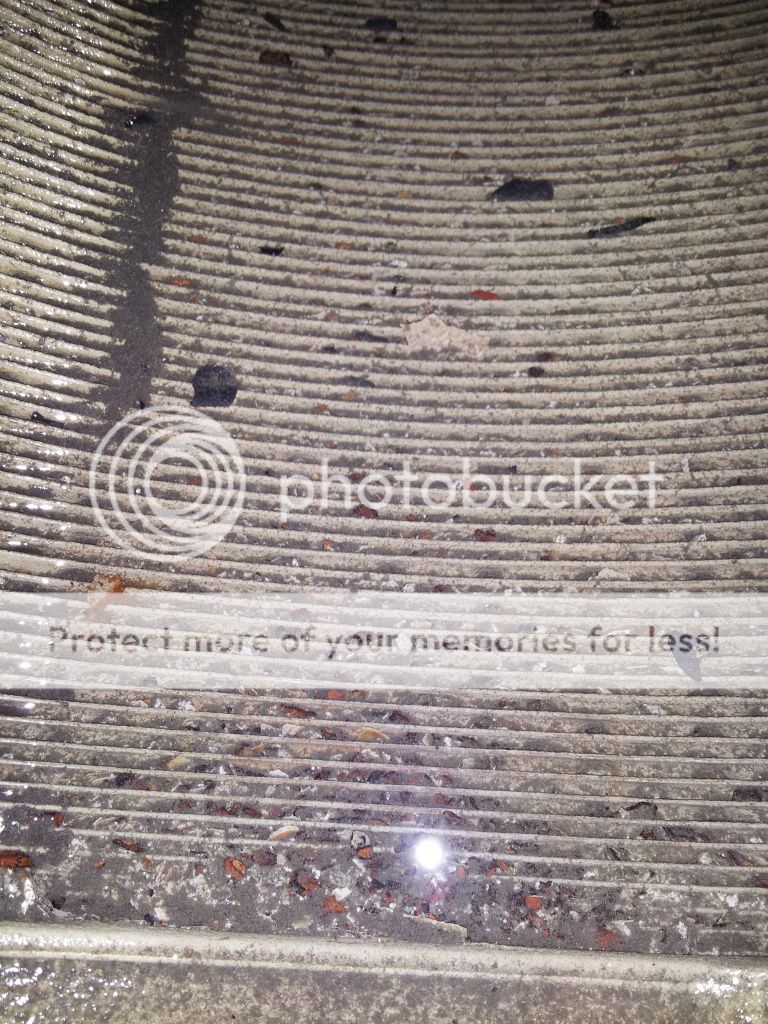
Originally Posted by
richard.bessey

My only concern wish acid clean is the cost of cost and labor of flushing the heat pumps vs. the cost of replacing the heat pumps.
The other recent theory I have thought of is - Air in the main loop. We have air bleeders in the attic, but I don't know if they are working.
You should verify if the bleeders are working or not. Not hard to do, especially if they have isolation valves on them. If they do, and those isolation valves hold, you can remove the bleeder and then shake it to hear if the check ball inside it rattles. If it doesn't, you need to clean or replace the bleeder.
Even if the ball does rattle, take the bleeder to a faucet and fill it up with water while holding the ends closed with your fingers. Shake the bleeder. Pour water out. Repeat until you see no more particles of crud flow out when you drain the bleeder.
Psychrometrics: the very foundation of HVAC. A comfort troubleshooter's best friend.







 Reply
Reply




